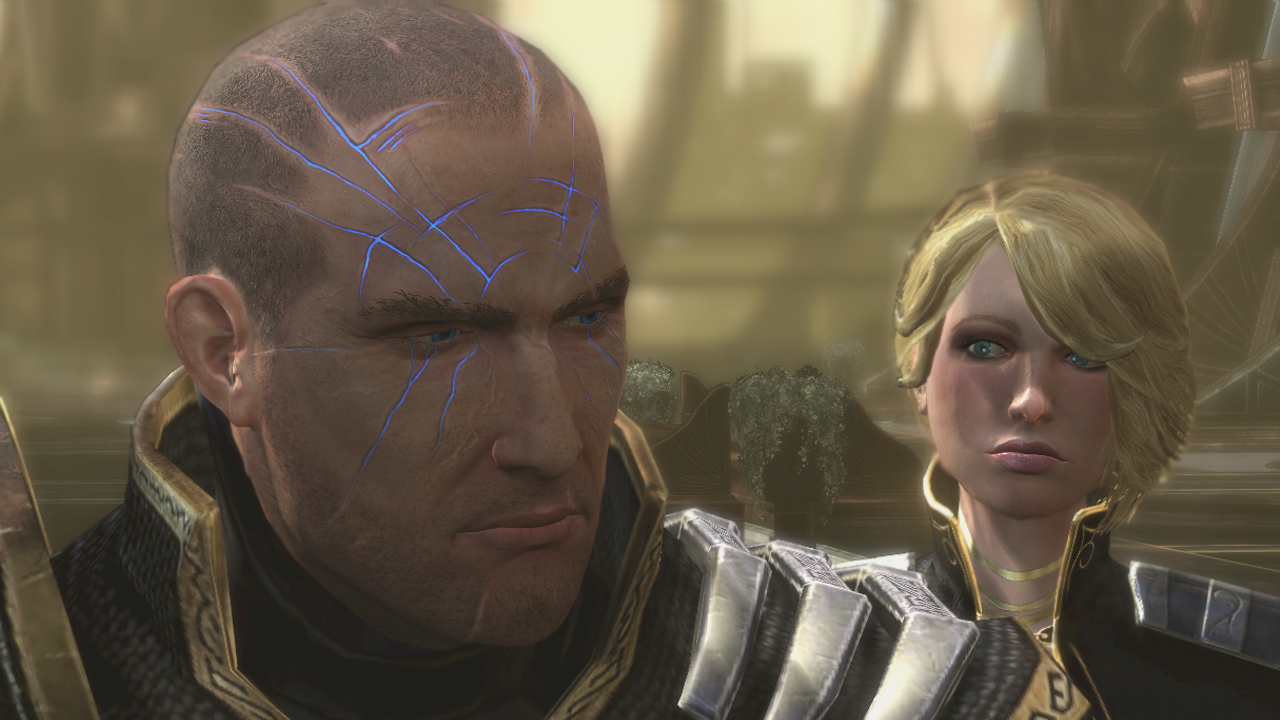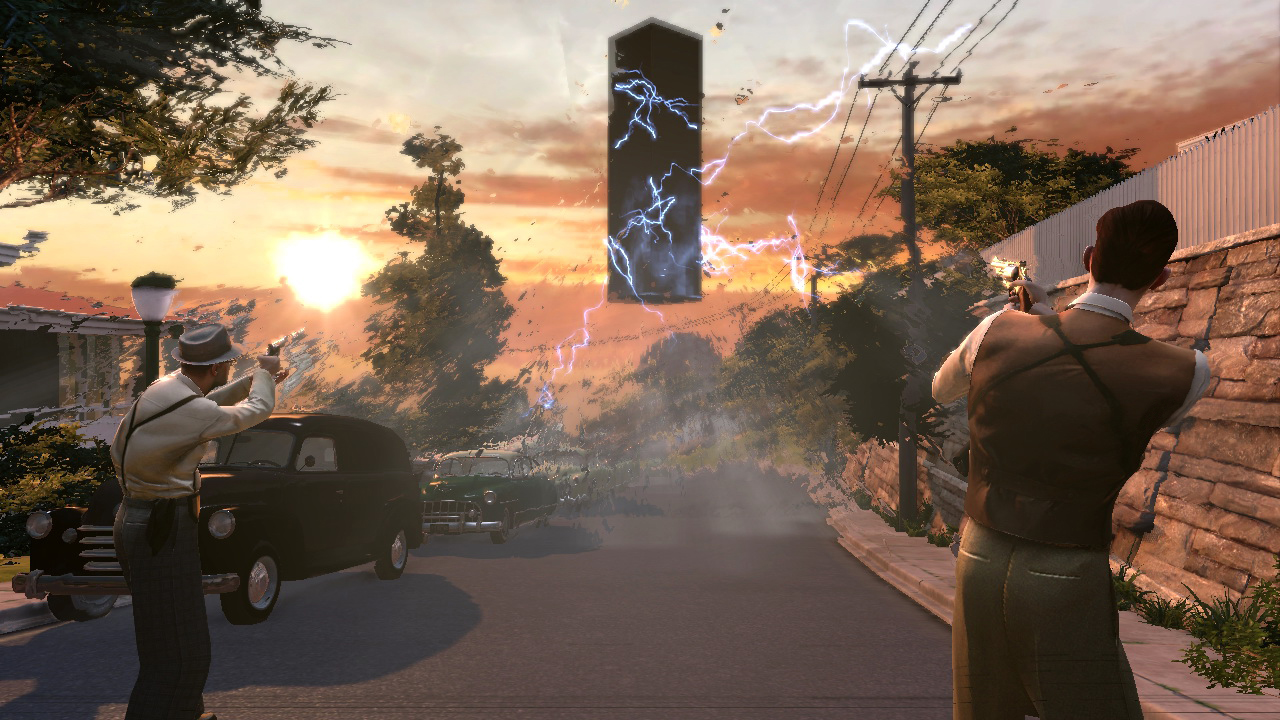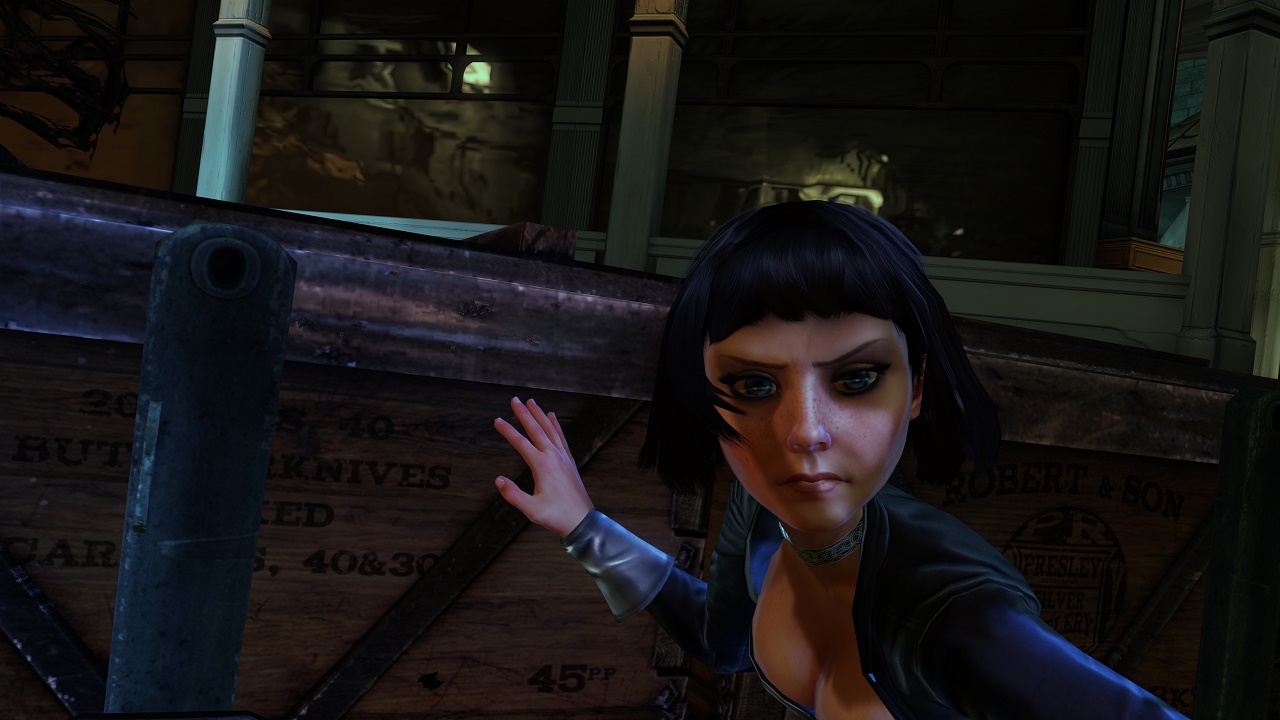Games that changed dramatically after their E3 demo
Games change a lot. They have to, as game design is an iterative process. You build, you test, you tweak, you keep what works, you cut what doesn't or what you can't finish. Continue this for several years, and you (hopefully) have a fully functioning game. Thing is, games are also products, and they need to be shown off to the public in order to build interest and sell copies once the thing is actually finished. And so you get the E3 demo.
Many times what you see is what you get in the finished product. The final game may not look as nice as certain concessions are made to optimize system performance, but usually, those gameplay demos you see at E3 (called 'vertical slices' in the industry) are usually pretty indicative of what you'll play when it's finally done. Sometimes, though, things happen - whether games switch engines to take advantage of new technology, react to consumer criticism, or simply get stuck in development hell for too long - and the game we end up getting is wildly different than the one originally shown to us at E3.
EarthBound 64/Mother 3
Mother 2/EarthBound's commercial failure in the United States and non-existence in Europe all but guaranteed it cult status for decades in the West. It's a whole other story in Japan, though, and Nintendo decided to commission a sequel in 1994 right after development on Mother 2 finished. What should have been a relatively quick turnaround quickly turned into a long, laborious journey across multiple platforms and over a decade of development.
Mother 3 began as a Super Famicom/SNES title, but found its way onto the 64DD (the Nintendo 64's add-on disc drive peripheral) as series creator Shigesato Itoi found inspiration in Super Mario 64's 3D environments. A short clip was presented at E3 1998 in a montage of 64DD titles, showing off a small slice of gameplay in an expansive desert. Mother 3 eventually shifted to the Nintendo 64 after the publisher discontinued the 64DD due to poor sales. Development on Mother 3 continued, with playable versions showing up at Space World 1999 (complete with an exciting mine cart sequence!), but was eventually cancelled in 2000 as internal resources were needed to work on Nintendo's upcoming GameCube console.
Miraculously, development picked up again in 2003, three years after its cancellation. Rather than making Mother 3 a GameCube game with impressive polygonal graphics, Itoi decided to take the story (which was mostly completed by the time it was originally cancelled) and design the game for the Game Boy Advance, using two-dimensional sprites similar to those found in its predecessor. While the two versions are incredibly similar conceptually (as evidenced by this comparison video), they look worlds apart.
Duke Nukem Forever
The story behind Duke Nukem Forever's development is beyond legend at this point, as the game went through a number of revisions, engine changes, and even development teams on the road to release. Originally announced in 1997 and scheduled for the following year (HA), Duke Nukem Forever's first trailer didn't hit until E3 1998, thanks to some delays in obtaining the Quake 2 license. The trailer shows Duke fighting aliens, exploring mine shafts, and gunning down fighter jets while riding down a highway, all while the Duke theme's heavy metal guitar licks wail in the background. Duke was back, and in a big way.
Mere months after this trailer hit, Epic Megagames released the Unreal Engine, and development of the game was largely scrapped and rebooted to take advantage of Unreal's ability to render wider environments. Another trailer was shown at E3 2001, showcasing better graphics and a higher level of interactivity - unfortunately, much of it is purely smoke and mirrors. Many of the game's weapons and scenarios were still conceptual, and members of the team had no clue what the final product would look like. Rumors in 2004 suggested that Duke Nukem Forever had switched engines again, this time to the Doom 3 engine, and were quickly squashed, but demos later that year showed off a totally new physics system - and yet, the game still wasn't finished.
Weekly digests, tales from the communities you love, and more
In 2009, development ceased as much of the team was laid off, and in 2010, Gearbox announced that it planned on finishing the oft-delayed game, eventually releasing it in 2011. It's hard to tell exactly what Gearbox cobbled together from previous assets and what they had to create wholesale. When comparing the trailers with the finished game, Duke Nukem Forever perhaps most closely resembles the trailer from 2001, but even then, the graphics and game engine received a serious overhaul over that decade of development.

Too Human
Too Human didn't begin life as an Xbox 360-exclusive science fiction take on Norse mythology. Originally, it was meant to be a cyberpunk-themed PlayStation game, and made a very brief appearance at E3 in 1999. Fresh off the success of Legacy of Kain, the studio wanted its next project to go all out, and planned Too Human as a four-disc epic set in the far-flung future, combining elements of RPGs, stealth, and action games - much closer to something like Deus Ex than Diablo.
A year later, Silicon Knights partnered up with Nintendo to work on the GameCube, and while development on Too Human shifted over, it was eventually shelved to make room for projects like Eternal Darkness: Sanity's Requiem and Metal Gear Solid: The Twin Snakes. Too Human wasn't completely dead, though - it resurfaced in 2005 as an Xbox 360 exclusive, and after several delays was released in 2008. Imagined as the first part of a trilogy, the Too Human we got told the story of the Norse god Baldur and saw him mowing down hordes of robotic beasts with a uniquely bizarre twin-stick combat system. It was an interesting if flawed romp, but a tepid critical response and a lawsuit against Epic (which eventually lead to the game being wiped completely from store shelves and Xbox Live) all but assured that this first chapter would be its last.
Team Fortress 2
If you're looking at pictures of Team Fortress 2 from its original unveiling at E3 1999, and its current incarnation on Steam, you're probably wondering how the hell it changed so much. The answer lies somewhere in the nine years it took to make it. Originally revealed as Team Fortress 2: Brotherhood of Arms, it was going to be a far more realistic take on the team-based shooter - and certainly a far cry from its cartoony destination.
The E3 trailers and demonstrations showed a multiplayer shooter filled with grizzled army men doing battle inside realistically-designed cities and bunkers. Players would storm beaches, shoot down parachuting enemies, and even fall in line under a commander, who would issue orders through a bird's-eye view of the battlefield. All of this, of course, changed wildly over development, as the team at Valve went silent for nearly six years after its E3 unveiling. Team Fortress 2's realism eventually gave way to the cartoonish 1960s spy aesthetic and fast-paced action found in the final game. And it's still changing - now, Team Fortress 2 is a free-to-play game filled with hats, crates, and all sorts of other stuff that wasn't in the game when it originally launched in 2007.

The Bureau: XCOM Declassified
The response to publisher 2K's E3 2010 announcement that it was reviving the cult favorite turn-based strategy series XCOM as a non-linear narrative-driven first-person shooter was met with equal parts bewilderment and outrage. Gone was the futuristic setting, the strategic planning, and tactical combat, and in its place was a 1950s Bioshocky detective story about a planetary invasion of a bunch of gooey alien monsters.
The negative reaction to the trailer forced developer 2K Marin to revamp many aspects of what was to be the XCOM franchise's flagship reboot title. Meanwhile, turn-based strategy game XCOM: Enemy Unknown became a smashing success, giving XCOM fans what they wanted while still modernizing many of the series' elements. The XCOM shooter ended up rebranded as The Bureau: XCOM Declassified, shifted the camera to a third-person perspective, made its structure far more linear, and inserted more tactical flavor by giving players the opportunity to slow down time and assign orders to their squad. It released in 2013 to mixed reviews, and while you can sense its troubled development while you're playing it, it's actually surprisingly good, considering.

Bioshock Infinite
Like Mother 3, Bioshock Infinite didn't change a ton conceptually - the general idea that you would play a man infiltrating a floating city to rescue a mysterious woman named Elizabeth was always there - though many moments in its initial gameplay reveal trailer in late 2010 are practically non-existent in the final product. The 15 minute gameplay demo shown at E3 2011 was quite a bit closer, but it's still far more grand than anything that shows up in the game that released in 2013.
Bits and pieces of this demo make their way into the retail game at different points than they're shown here - like that scene where Elizabeth opens the tear revealing 1980s Paris, which happens when you meet her in her cell, rather than over a dying horse in an empty field. In the E3 demo, Elizabeth is far more reactive to her environment, and moments like the bit where Booker responds to a crowd lynching a prisoner are far more organic in the gameplay demo than they are in the finished game. The final battle in the video shows Booker sweeping through the city rails with his Skyhook, seamlessly hopping onto a zeppelin, blowing it up, and leaping back down into the fray. Again, this scene happens in the final game, but it's far more obviously broken up as a singular objective than it is just a thing you do because it happens to be part of the combat encounter.
Destiny
The fact that Destiny's gone through so many rapid changes both pre- and post-release and still has millions of players in its thrall is a testament to how good its core gameplay is. But man, did it go through a ton of changes. I'm not even talking about the alleged drama which unfolded behind the scenes - if you take a look at that E3 gameplay demo in 2013, and compare it to the Destiny that launched a year later, you'll find a whole slew of tweaks and alterations.
Immediately, you'll notice that the E3 demo looks quite a bit different from the retail version of the game - especially the lighting, which feels more realistic in the demo, and makes the colors and details far more striking. Additionally, players don't join you by teleporting down from their swooping spacecraft, but rather by simply materializing out of thin air. The E3 demo even shows off the weapon equip screen and tech tree, and you'll notice that weapons don't have a level requirement; just a single 'weapon level' which likely determines its strength. Upgrading the Thunderlord which drops off of the boss (which doesn't happen in vanilla Destiny) requires something called 'talent points' instead of uncommon or rare materials, and many of the abilities you can unlock on it are way different (and far more interesting). The last minute of demo is perhaps most telling, as many of the story beats shown in this supercut (including one featuring Uldren Sov, brother of the Awoken Queen) are nowhere to be found in the final game. And that's to say nothing of the different modes and locations hinted at in the mini documentaries released before and after E3 that year.






